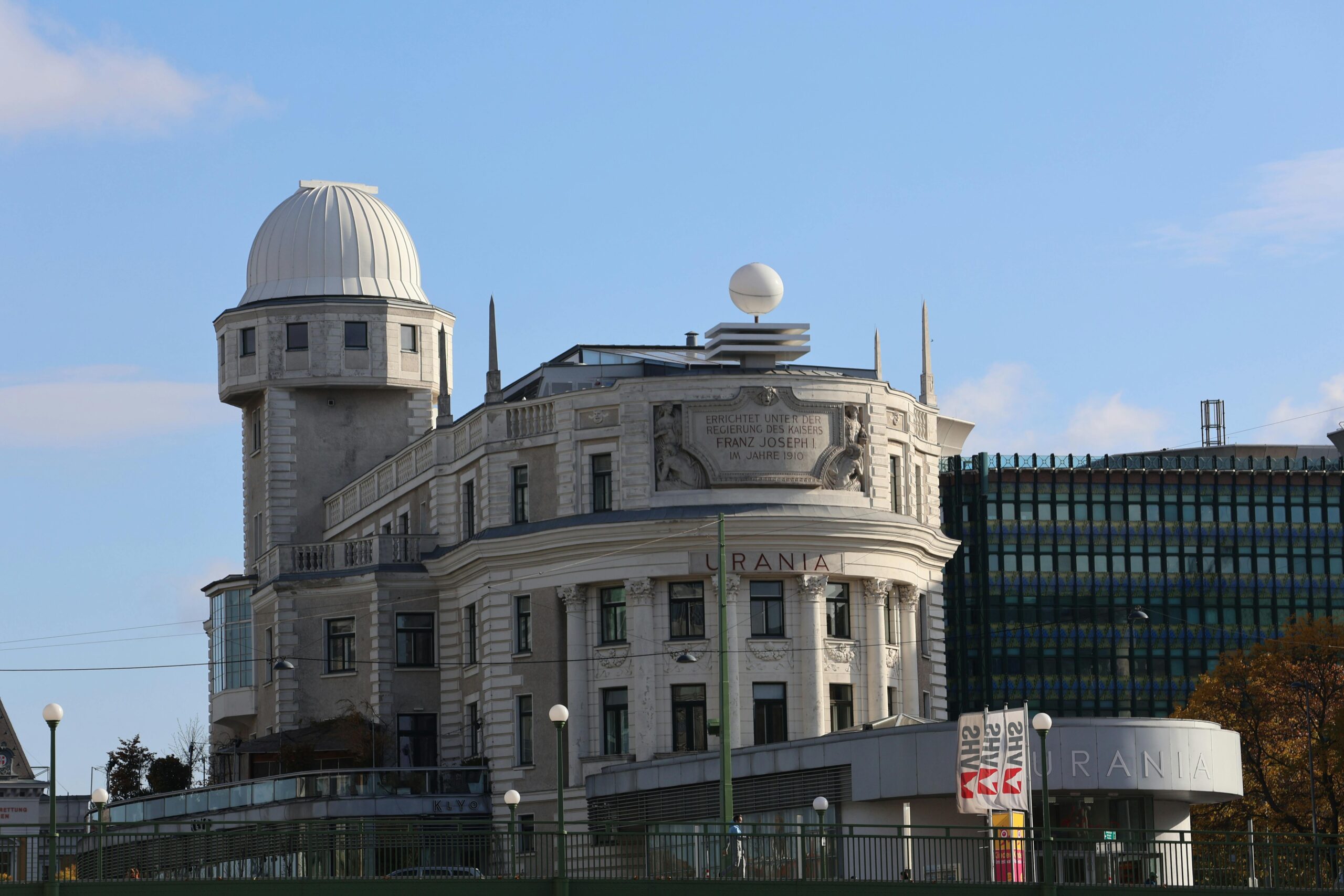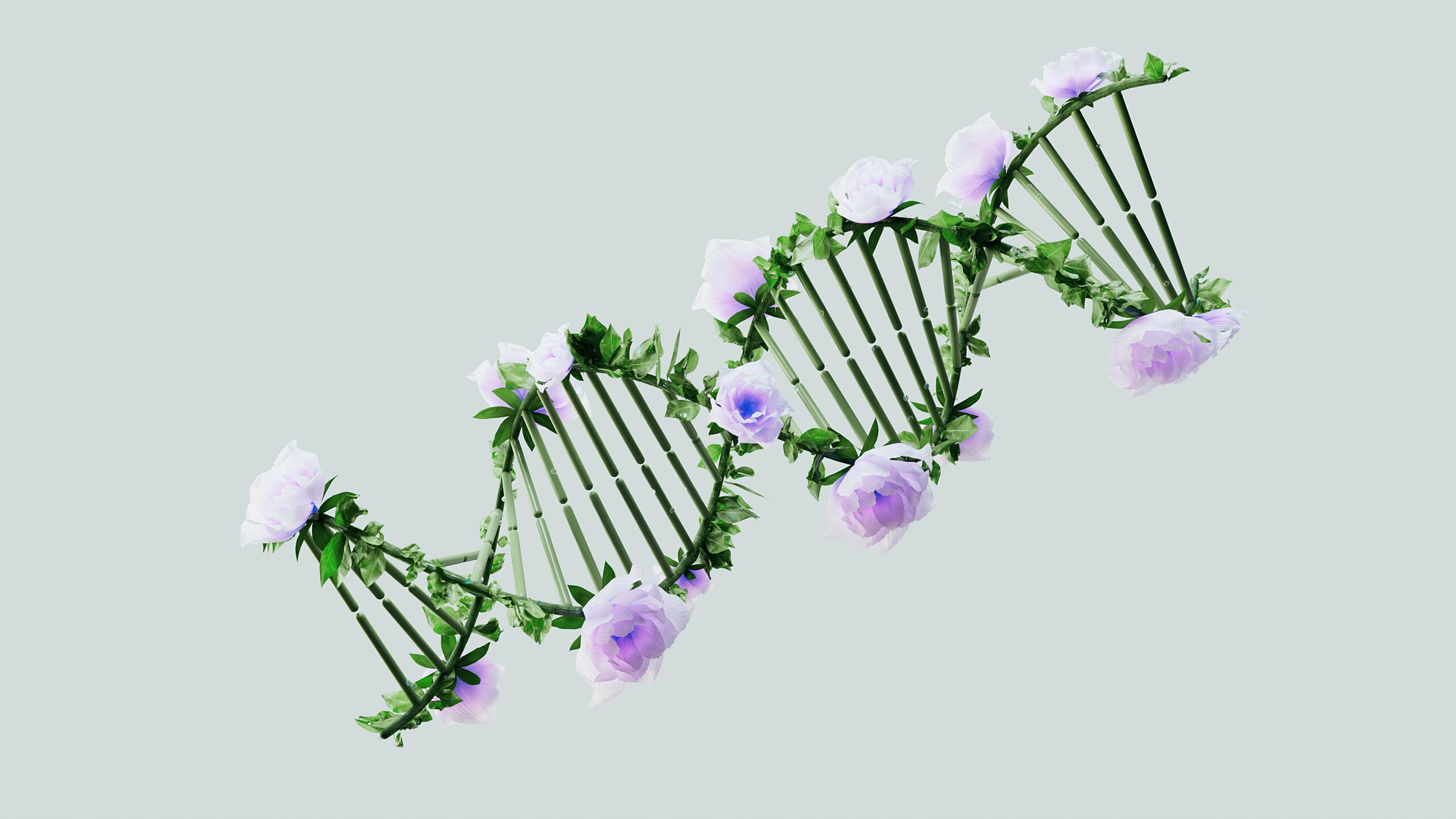Plasma exchange therapy is emerging as a revolutionary approach to anti-aging, offering promising results for those seeking to turn back the biological clock and restore youthful vitality. ✨
Understanding the Science Behind Plasma Exchange Rejuvenation 🔬
Plasma exchange, also known as plasmapheresis or therapeutic plasma exchange (TPE), involves removing blood from the body, separating the plasma component, and replacing it with fresh plasma or a plasma substitute. Originally developed to treat various autoimmune and neurological conditions, researchers have discovered its remarkable potential for rejuvenation and age reversal.
The concept behind using plasma exchange for anti-aging purposes stems from groundbreaking research in parabiosis—studies where the circulatory systems of young and old mice were connected. Scientists observed that older mice exhibited signs of rejuvenation when exposed to young blood, while younger mice showed accelerated aging when connected to older counterparts. This discovery sparked intense interest in understanding how blood factors influence the aging process.
Our blood plasma contains thousands of proteins, hormones, antibodies, and other molecules that regulate virtually every bodily function. As we age, the composition of our plasma changes dramatically. Pro-aging factors accumulate while beneficial youth-associated proteins decline. This shift contributes to cellular senescence, inflammation, reduced regenerative capacity, and the visible signs of aging we all experience.
How Plasma Exchange Works Its Rejuvenating Magic 💫
The plasma exchange procedure typically takes between two to four hours and follows a systematic process designed to refresh your body’s circulating factors. During the treatment, blood is drawn from one arm through a specialized machine that separates the cellular components from the plasma using centrifugation or membrane filtration technology.
The red blood cells, white blood cells, and platelets are preserved and returned to your body along with replacement fluid. This replacement can be donor plasma, albumin solution, or a combination of plasma substitutes that provide the necessary proteins and nutrients without the accumulated pro-aging factors found in your original plasma.
By removing approximately 15-20% of your plasma volume during each session, the treatment effectively dilutes harmful aging factors circulating in your bloodstream. This dilution allows your body to reset its molecular environment, potentially triggering rejuvenation pathways that have become dormant with age.
The Biological Mechanisms of Rejuvenation
Multiple biological pathways contribute to the rejuvenating effects observed with plasma exchange therapy. Understanding these mechanisms helps explain why this treatment shows such promise for age reversal:
- Reduction of inflammatory cytokines: Chronic inflammation drives aging and age-related diseases. Plasma exchange removes excess inflammatory proteins like IL-6, TNF-alpha, and C-reactive protein.
- Removal of senescent cell factors: Aging cells secrete harmful substances collectively known as SASP (senescence-associated secretory phenotype). These factors accelerate aging in surrounding healthy cells.
- Restoration of growth factors: The treatment can help rebalance beneficial proteins like GDF11, TIMP2, and other factors that decline with age and are crucial for tissue regeneration.
- Improved stem cell function: By creating a more youthful biochemical environment, plasma exchange can enhance the regenerative capacity of your body’s stem cell populations.
- Enhanced protein homeostasis: The procedure helps clear misfolded and damaged proteins that accumulate over time and contribute to cellular dysfunction.
Real-World Benefits: What to Expect from Treatment 🌟
Individuals undergoing plasma exchange for rejuvenation purposes have reported a wide range of improvements spanning physical, cognitive, and aesthetic domains. While results vary based on individual factors such as age, baseline health, and treatment protocol, many patients experience noticeable changes within weeks to months of beginning therapy.
Physical improvements often manifest first, with patients reporting increased energy levels, better sleep quality, enhanced exercise capacity, and reduced joint discomfort. These changes reflect improvements in cellular metabolism, reduced inflammation, and better tissue repair mechanisms activated by the treatment.
Cognitive benefits represent another significant area of improvement. Many recipients notice sharper mental clarity, improved memory recall, faster processing speed, and better mood regulation. These neurological benefits may result from reduced neuroinflammation, improved blood-brain barrier function, and enhanced neuroplasticity facilitated by a more youthful plasma composition.
Visible Rejuvenation: Aesthetic Transformations
The aesthetic improvements associated with plasma exchange have captured significant attention, as they provide tangible evidence of the treatment’s anti-aging effects. Patients frequently observe improvements in skin texture, tone, and elasticity as collagen production increases and cellular turnover accelerates.
Fine lines and wrinkles may become less pronounced as hydration improves and inflammatory damage decreases. Hair health often improves as well, with reports of increased thickness, reduced graying, and less hair loss. These changes reflect systemic improvements in cellular function rather than superficial cosmetic interventions.
Clinical Evidence and Research Findings 📊
The scientific foundation supporting plasma exchange for rejuvenation continues to strengthen as research institutions worldwide investigate this therapeutic approach. Several landmark studies have documented measurable improvements in biomarkers of aging following plasma exchange treatments.
A groundbreaking study from UC Berkeley demonstrated that simply diluting old blood plasma with saline and albumin (neutral plasma exchange) produced rejuvenating effects in aged mice across multiple organ systems. The liver, brain, and muscle tissue all showed markers of rejuvenation, with gene expression patterns shifting toward more youthful profiles.
Human trials have begun yielding promising results as well. Research involving patients with mild to moderate Alzheimer’s disease showed cognitive improvements and enhanced ability to perform daily activities following a series of plasma exchange treatments with young donor plasma.
| Study Focus | Key Findings | Improvement Timeline |
|---|---|---|
| Cognitive Function | Enhanced memory and executive function | 4-12 weeks |
| Physical Performance | Increased strength and endurance | 6-16 weeks |
| Inflammatory Markers | Significant reduction in IL-6 and CRP | 2-8 weeks |
| Skin Health | Improved elasticity and reduced wrinkles | 8-20 weeks |
Safety Considerations and Potential Side Effects ⚠️
Plasma exchange has been used safely for decades in treating various medical conditions, providing a substantial safety database. However, like any medical procedure, it carries certain risks and potential side effects that must be carefully considered and monitored by qualified healthcare professionals.
Common minor side effects include temporary fatigue, mild dizziness, tingling sensations around the mouth due to citrate anticoagulants, and slight bruising at needle insertion sites. These effects typically resolve quickly without intervention and decrease in frequency as patients undergo multiple treatments.
More serious complications are rare but can include allergic reactions to replacement fluids, blood pressure fluctuations, electrolyte imbalances, and infection risks associated with vascular access. Proper patient selection, experienced medical staff, and adherence to strict protocols minimize these risks significantly.
Who Should Consider Plasma Exchange Rejuvenation?
Ideal candidates for plasma exchange rejuvenation therapy typically fall into several categories. Adults over 40 experiencing noticeable signs of aging who maintain relatively good overall health often benefit most from the treatment. Those seeking to optimize healthspan rather than merely extending lifespan find particular value in this approach.
Individuals with specific age-related concerns such as cognitive decline, reduced physical performance, skin aging, or metabolic slowdown may see targeted improvements. People interested in preventative anti-aging strategies before significant deterioration occurs can also benefit from establishing a more youthful biochemical environment earlier in the aging process.
Treatment Protocols and Frequency Considerations 📅
Designing an effective plasma exchange rejuvenation protocol requires balancing treatment frequency, volume exchanged, and replacement fluid composition with individual patient characteristics and goals. No single universal protocol exists, as optimization depends on factors including age, baseline health status, specific objectives, and response to initial treatments.
Most practitioners recommend beginning with an initial series of treatments—typically four to six sessions spaced one to three weeks apart—to establish a foundation of rejuvenation. This intensive phase allows for significant reduction of accumulated pro-aging factors and creates an environment conducive to regenerative processes.
Following the initial series, maintenance treatments generally occur at longer intervals, ranging from monthly to quarterly depending on individual response and aging rate. Some patients find that treatments every six to eight weeks maintain their improvements optimally, while others achieve sustained benefits with less frequent interventions.
Combining Plasma Exchange with Other Anti-Aging Strategies 🎯
Plasma exchange produces its most dramatic results when integrated into a comprehensive longevity program rather than used as a standalone intervention. The treatment creates an optimal biochemical environment that amplifies the benefits of other evidence-based anti-aging approaches.
Nutritional optimization through a diet rich in antioxidants, anti-inflammatory compounds, and essential nutrients provides the raw materials your rejuvenated cells need to function optimally. Regular exercise—particularly combining resistance training with cardiovascular activity—maximizes the regenerative signals activated by plasma exchange.
Sleep optimization, stress management, targeted supplementation, hormone balancing, and eliminating harmful habits create synergistic effects with plasma exchange. Each element supports the others, producing results greater than the sum of individual interventions.
Emerging Complementary Therapies
The field of regenerative medicine continues evolving rapidly, with several therapies showing promise when combined with plasma exchange. Senolytic drugs that selectively eliminate senescent cells may enhance plasma exchange benefits by reducing the source of pro-aging factors. NAD+ precursor supplementation supports cellular energy metabolism restored by the treatment.
Peptide therapies, particularly those targeting growth hormone pathways and tissue repair, work synergistically with the youthful environment created by plasma exchange. Hyperbaric oxygen therapy enhances cellular oxygenation and mitochondrial function in the optimized biochemical milieu.
The Future of Plasma-Based Rejuvenation Technologies 🚀
Research into plasma exchange and blood-based rejuvenation strategies continues accelerating, with numerous innovations on the horizon. Scientists are working to identify the specific plasma factors most responsible for aging and rejuvenation, which could enable more targeted interventions that maximize benefits while minimizing treatment burden.
Artificial intelligence and machine learning applications are being developed to analyze individual plasma compositions and predict optimal treatment protocols. These personalized approaches could dramatically improve outcomes by tailoring interventions to each person’s unique biochemical profile and aging patterns.
New filtration technologies may soon allow selective removal of specific harmful proteins while preserving beneficial factors, creating more precise rejuvenation effects. Pharmaceutical approaches that neutralize pro-aging factors without requiring plasma removal represent another exciting research direction that could make treatments more accessible.
Making Plasma Exchange Accessible: Cost and Availability Factors 💰
Currently, plasma exchange for rejuvenation purposes remains relatively expensive and not widely available, as most clinics offering the treatment operate in major metropolitan areas or specialized longevity centers. Treatment costs typically range from several thousand to tens of thousands of dollars for an initial series, placing it beyond reach for many interested individuals.
Insurance coverage remains limited since most carriers classify rejuvenation treatments as elective or experimental rather than medically necessary. However, as evidence supporting the therapy’s benefits accumulates and demand increases, costs may decrease through economies of scale and technological improvements.
Some patients explore medical tourism options, traveling to countries where plasma exchange rejuvenation is offered at lower costs. While this approach can provide savings, carefully vetting facilities and providers becomes essential to ensure safety standards and treatment quality meet acceptable levels.
Taking Your First Steps Toward Plasma-Based Rejuvenation 🌱
If plasma exchange for rejuvenation interests you, beginning with thorough research and consultation with qualified healthcare providers represents the most prudent first step. Seek practitioners with specific experience in therapeutic plasma exchange and preferably specialized training in regenerative or anti-aging medicine.
Comprehensive baseline testing before beginning treatment provides crucial data for tracking improvements and optimizing protocols. Biomarkers of aging, inflammatory markers, metabolic panels, cognitive assessments, and physical performance measurements establish your starting point and enable objective evaluation of results.
Setting realistic expectations proves essential for satisfaction with outcomes. While plasma exchange shows remarkable promise, it doesn’t stop aging entirely or reverse decades of deterioration overnight. View it as one powerful tool within a comprehensive longevity strategy rather than a magic bullet solution.
Maintain open communication with your treatment team throughout the process, reporting both improvements and any concerns promptly. Your subjective experience combined with objective measurements guides protocol adjustments that maximize your individual benefits while maintaining safety.

Embracing the Potential of Plasma Rejuvenation Technology 💖
Plasma exchange represents a fascinating intersection of cutting-edge science and practical application in the quest to extend healthspan and vitality. As research continues unveiling the mechanisms underlying its rejuvenating effects, this therapeutic approach will likely become increasingly refined, accessible, and integrated into comprehensive longevity programs.
The accumulating evidence suggests that our biological age need not progress in lockstep with our chronological years. By addressing the molecular and cellular hallmarks of aging through interventions like plasma exchange, we gain unprecedented opportunities to maintain youthful function, appearance, and quality of life well beyond what previous generations thought possible.
Whether you’re experiencing early signs of aging and seeking preventative strategies or dealing with more advanced age-related changes, plasma exchange offers a science-based approach worthy of consideration. As with any significant health decision, thorough education, careful provider selection, and integration with other healthy lifestyle practices will determine your success in this exciting frontier of regenerative medicine.
The journey toward optimal aging requires commitment, patience, and willingness to embrace emerging technologies that science validates. Plasma exchange therapy provides a powerful tool in that journey—one that may help you not just add years to your life, but life to your years.
Toni Santos is a longevity writer and regenerative medicine researcher dedicated to exploring how biology, technology, and ethics can extend healthspan. With a focus on cellular repair and anti-aging biotechnology, Toni examines how next-generation therapies translate lab breakthroughs into real-world vitality. Fascinated by stem cell science, telomere dynamics, and systems biology, Toni’s journey bridges research reviews, expert interviews, and clear public communication. Each article he shares aims to separate evidence from hype—helping readers understand what’s promising, what’s premature, and what truly supports long-term health. Blending molecular biology, clinical insight, and accessible storytelling, Toni investigates interventions that target the root drivers of aging. His work honors responsible innovation—prioritizing safety, transparency, and human wellbeing in the pursuit of extended healthspan. His work is a tribute to: Anti-aging biotechnology grounded in rigorous evidence Cellular rejuvenation pathways that restore function and resilience Stem cell and telomere research advancing ethical longevity care Whether you’re a clinician, researcher, or health enthusiast, Toni Santos invites you to explore the frontiers of regeneration—one discovery, one mechanism, one healthier year at a time.




